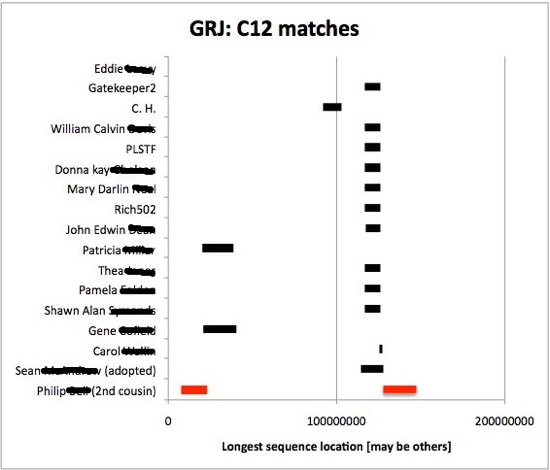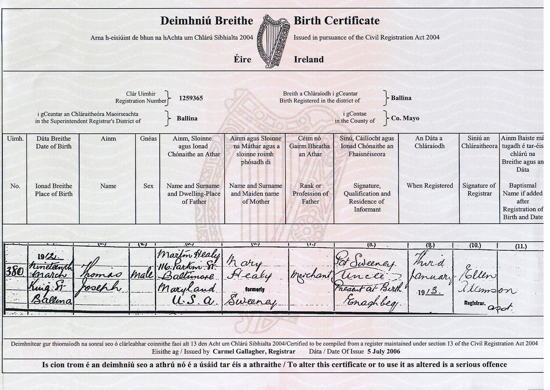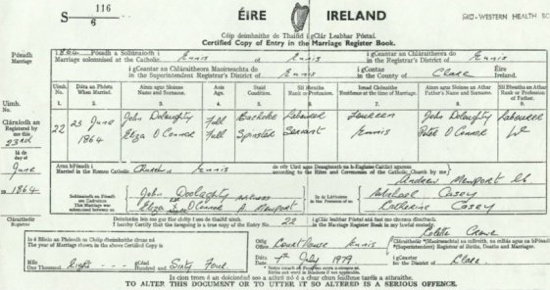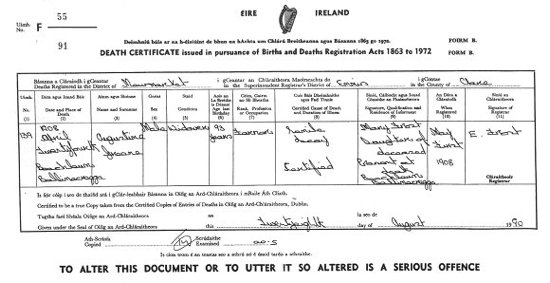You
are receiving this because your address is subscribed at: www.jaunay.com/newsletter.html |
|
 |
| No: 131 |
January 2017
|
|
News January Seminars There are no planned activities for January. February Seminars 22: How to be a successful family historian (1st of 7 sessions) 8:00pm WEA Centre, Adelaide See the seminar program for more details and bookings for 2017. DNA update Over the past couple of months there have been some break-through moments in my DNA quest. Nothing significant on my part other than the fact I have learnt of some distant cousins but more to confirm my findings in my 2016 articles. I discovered a second cousin (paternal line) was already on GEDmatch. He was already known to me and although we have never met I had communicated with his father many years ago. He does not reply to my emails! Another second paternal cousin has since joined GEDmatch along with his mother. While his mother was already known to me along with a brother, I did not know of him. The two completely new discoveries are on my maternal line. The first only appears on my mother's data but not mine and she descends from a 3g-grandfather. Another third cousin descends from the same man. These latter two were revealed because they listed the common ancestor in their records My new distant cousins were revealed by two main factors:
|
In
this issue: |
|
Graham Jaunay |
| I found having two sets of online results difficult to manage. The bulk of my FTDNA matches have not posted their data to GEDmatch and so I have created my own database. Each time I send an initial email I enter the person into the database. The database has two pages bringing the data of FTDNA and GEDmatch together. The first page is a summary and the second is a graphing presentation of the DNA matches. Where there is a match against my mother but not me I use my mother's data. By graphing the matches for each chromosome I can quickly see where there are significant matches between contributors in a far clearer form than displayed by either FTDNA or GEDmatch.   Civil registration in Ireland Before the introduction of civil registration, churches alone kept the records of baptisms, marriages, and burials in Ireland. On 1 Apr 1845, the government began registering non-Catholic marriages. Full Registration for everyone started in1864. For civil registration purposes being an integral part of Great Britain at the time, Ireland was organised into districts as had been the case for England and Wales. In each district, registrars recorded births and deaths, while ministers or other officials who performed the ceremonies registered marriages. Quarterly, the superintendent registrar of each district forwarded copies of the district’s registrations to the General Register Office in Dublin with the original records remaining with the district registrar. Birth registrations usually included the child’s name, sex, birth date and birthplace; the parents’ names including the mother’s maiden name and the father’s occupation; plus the informant’s signature, their address and qualification (often relationship to the child being registered). Pictured below: 1912 certificate.  Marriage registrations included the marriage date, place, and denomination for church marriages; the names of the bride and groom, their ages, occupations, marital statuses, and residences at the time of marriage; the names and occupations of their fathers and often whether their fathers were deceased; and the signatures of the bride, groom, and witnesses. Marriages were more commonly performed in the bride’s parish and were registered by the performing minister. Pictured below: 1864 certificate.  Death certificates only gave the name, occupation, age at death, and marital status of the deceased; duration of the illness; date, place, and cause of death; and signature, qualification, and residence of the informant. A spouse’s name was sometimes listed. If a child or unmarried female died, the father’s name was often written in the occupation space. Pictured below: 1908 certificate.  The records are held in two places since the division of the country. Certificates can be ordered online.
It is very important that you determine if the event you seek was registered because if you apply for an unregistered event then you can expect to lose money! Use published indexes to provide the information necessary for the Registrar to locate the actual registration record in the appropriate year and quarter of the year, the registration district, volume number and page number. The birth records for all Ireland to 1881 and marriage and death records to 1870, as well as the index references to 1958, have been extracted and can be found in the Historical Records database of FamilySearch. These records do not cover all areas and do not contain all of the information on the actual registration record, but they usually contain enough information for you to determine if you have located the event for the correct person. The index information for the records at the General Records Office of the Republic of Ireland differs from the index information in Northern Ireland. FamilySearch has digitised the indexes as follows: 1845 to 1921 – all Ireland. From 1921, they are based on the GRO index for the Republic of Ireland and the GRONI index for Northern Ireland. You must have the corresponding index information for the source you chose to obtain the complete information. The records held by the Republic are also online with a 100 year embargo on births and a 50 year embargo on marriages and deaths at Irish Genealogy.ie Currently the records only include births 1864–1915, marriages 1882–1940 and deaths 1891–1965 with planned updates back to 1845 Accessing this material can prove a little clunky as you progress through the CAPTCHA barrier and providing your name. The birth records held by Northern Ireland are online if they are over 100 years old, marriage over 75 years and deaths over 50 years. Again registration is required to undertake searches. Both countries allow much more generous access in their public search rooms! The website, Irish Family History Foundation also has some material online listed under counties. |
|||||
| To
unsubscribe send a blank email via the following link using the same
address you subscribed to: newsletter-leave@jaunay.com |
|||||